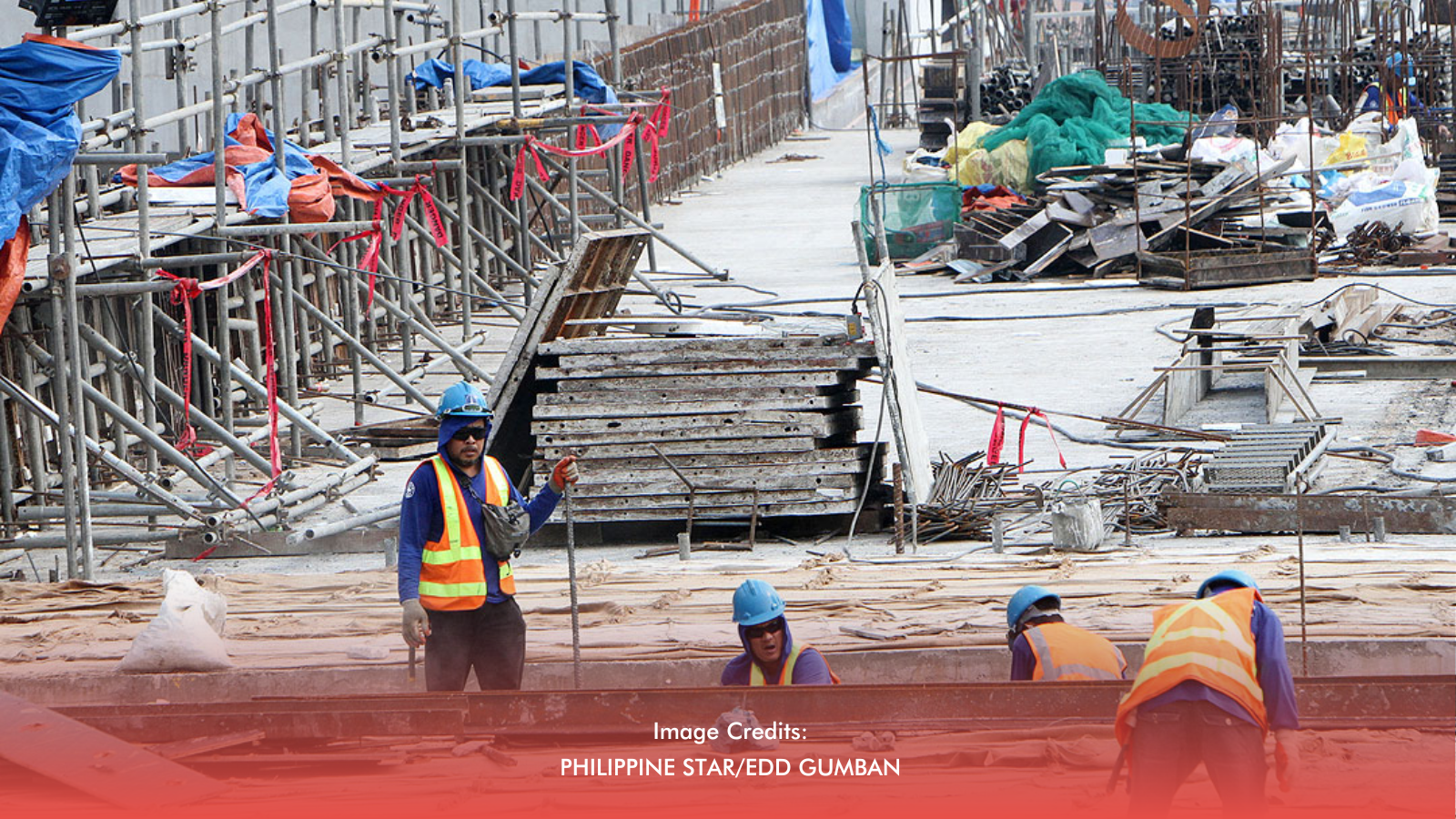For more than two decades, government procurement data reveal a clear imbalance: infrastructure continues to dominate public spending, while health remains a distant priority. An analysis of Philippine Government Electronic Procurement System (PhilGEPS) records by Dr. Rogelio Alicor Panao, INQUIRER Metrics data scientist and University of the Philippines associate professor, highlights this enduring trend.
According to Panao, construction procurement surged after 2007, accounting for more than half of all government contracts almost every year and reaching its peak at over 70 percent in 2018. The rise, he noted, coincided with the Build, Build, Build program under the Duterte administration, which framed infrastructure as the main driver of economic growth.
“Even in terms of procurement awards from 2000 to 2021, construction still dominates. It appears to surge after 2007 to capture more than half of all contracts nearly every year, and peaking above 70 percent in 2018,” Panao said.
Health Procurement Left Behind
In stark contrast, procurement for the health sector rarely went beyond five percent of total awards. “Even during crises—such as the COVID-19 pandemic in 2020—procurement for medicines, hospitals, and medical supplies rarely exceeded five percent,” Panao noted.
He explained that while hospital buildings may have been constructed, the operational capacity to deliver care—through medicines, supplies, and equipment—has remained chronically underfunded.
“This suggests that while hospitals may be built, the operational capacity to deliver care is relatively underfunded,” he added.
Spending Priorities Under Scrutiny
Panao said the trend raises critical questions about whether public procurement truly advances citizen welfare or simply prioritizes projects that are politically and visually rewarding.
The imbalance has become more evident amid recent scrutiny of flood-control allocations flagged by the Commission on Audit for “ghost” or mismatched projects. At the same time, the pandemic exposed deep weaknesses in the health system, from shortages of medicines to insufficient protective supplies.
As deliberations on the 2026 national budget continue, the data present a sobering reality: while trillions have flowed into infrastructure, the nation’s health investment remains comparatively small.








